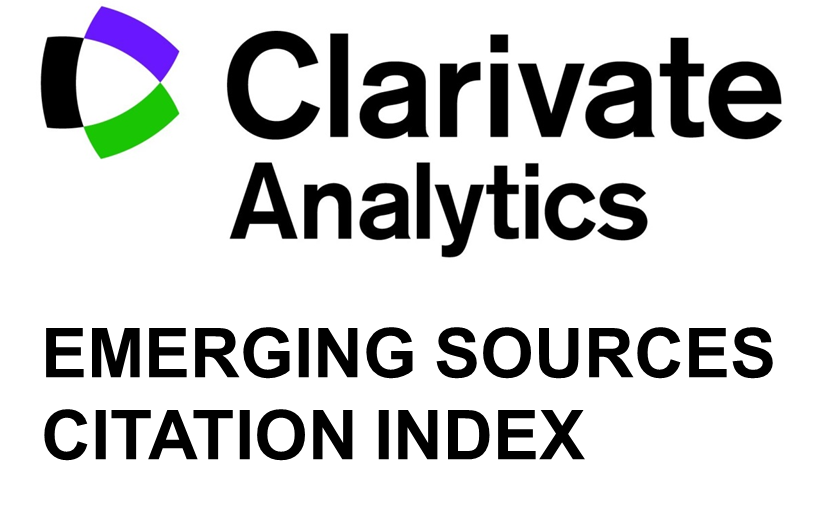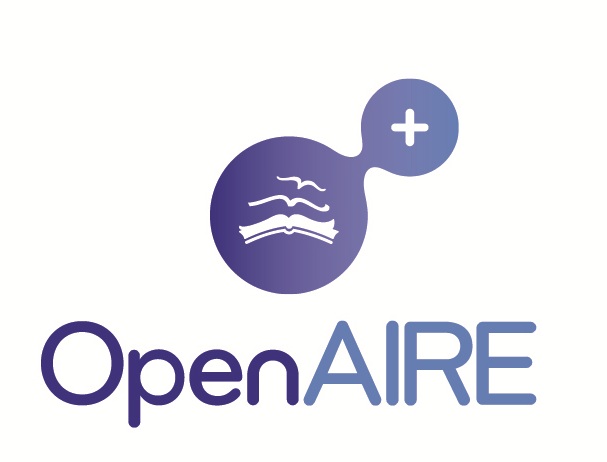On the Highly Stable Performance of Loss-Free Optical Burst Switching Networks
Milos Kozak, Brigitte Jaumard, Leos Bohac
DOI: 10.15598/aeee.v14i3.1781
Abstract
Increase of bandwidth demand in data networks, driven by the continuous growth of the Internet and the increase of bandwidth greedy applications, raise the issue of how to support all the bandwidth requirements in the near future. Three optical switching paradigms have been defined and are being investigated: Optical Circuit Switching (OCS); Optical Packet Switching (OPS); and Optical Burst Switching (OBS). Among these paradigms, OBS is seen as the most appropriate solution today. However, OBS suffers from high burst loss as a result of contention in the bufferless mode of operation. This issue was investigated by Coutelen et al., 2009 who proposed the loss-free CAROBS framework whereby signal convertors of the optical signal to the electrical domain ensure electrical buffering. Convertors increase the network price which must be minimized to reduce the installation and operating costs of the CAROBS framework.
An analysis capturing convertor requirements, with respect to the number of merging flows and CAROBS node offered load, was carried out. We demonstrated the convertor location significance, which led to an additional investigation of the shared wavelength convertors scenario. Shared wavelength convertors significantly decrease the number of required convertors and show great promise for CAROBS. Based on this study we can design a CAROBS network to contain a combination of simple and complex nodes that include none or some convertors respectively, a vital feature of network throughput efficiency and cost.






















